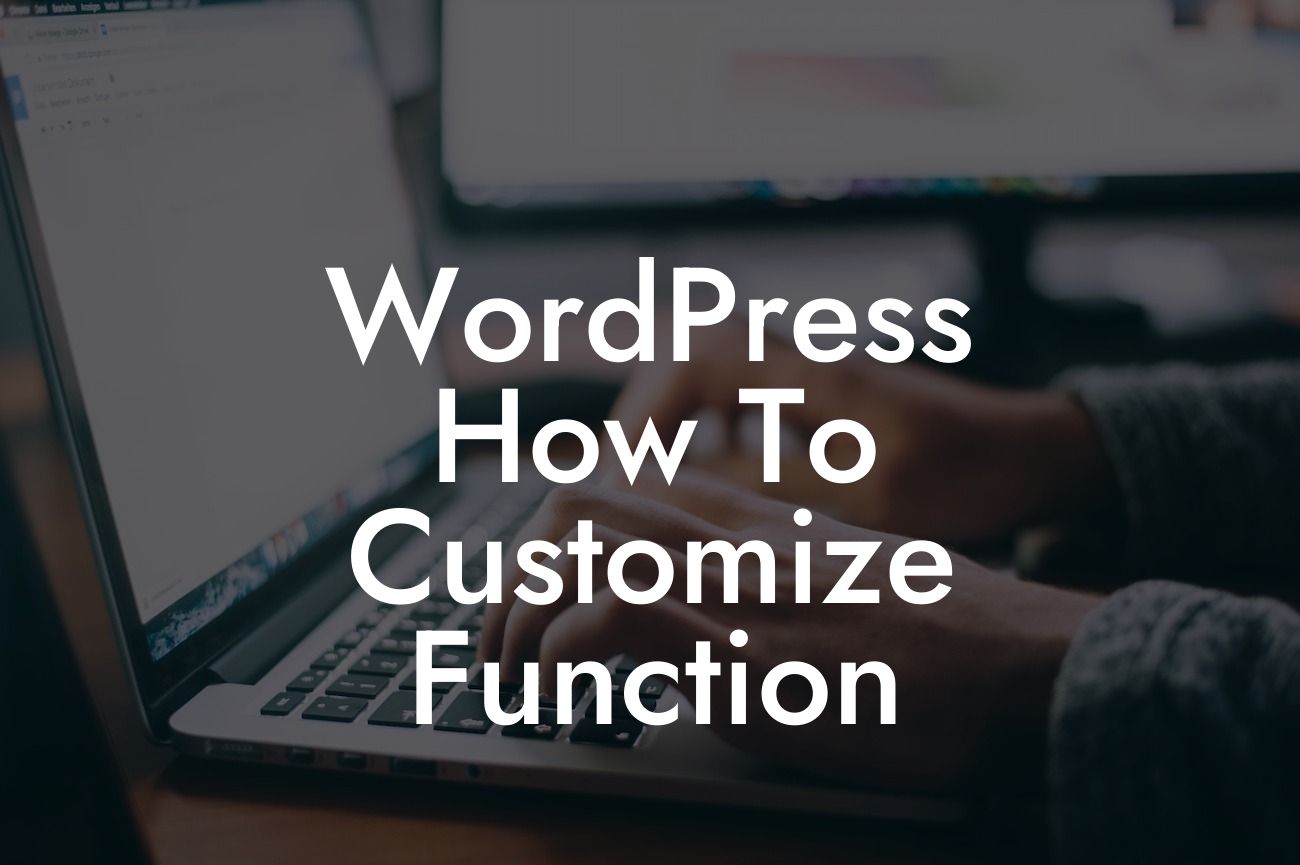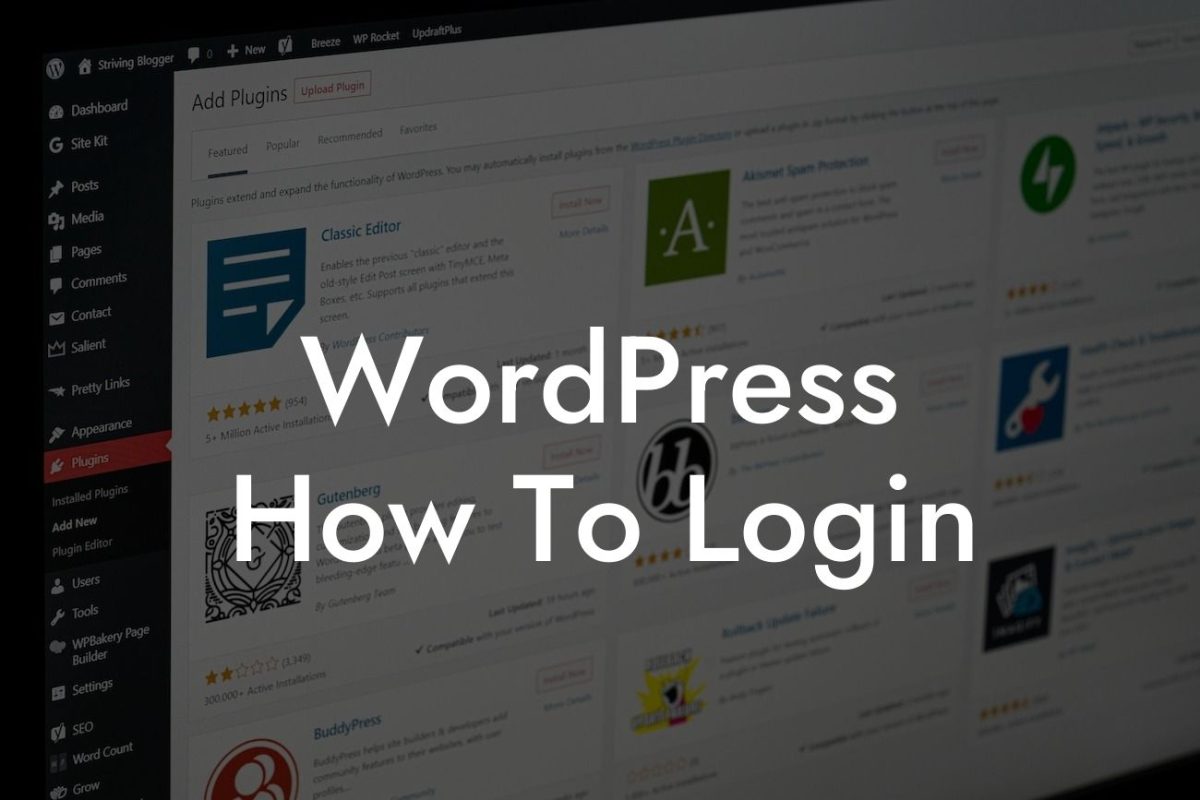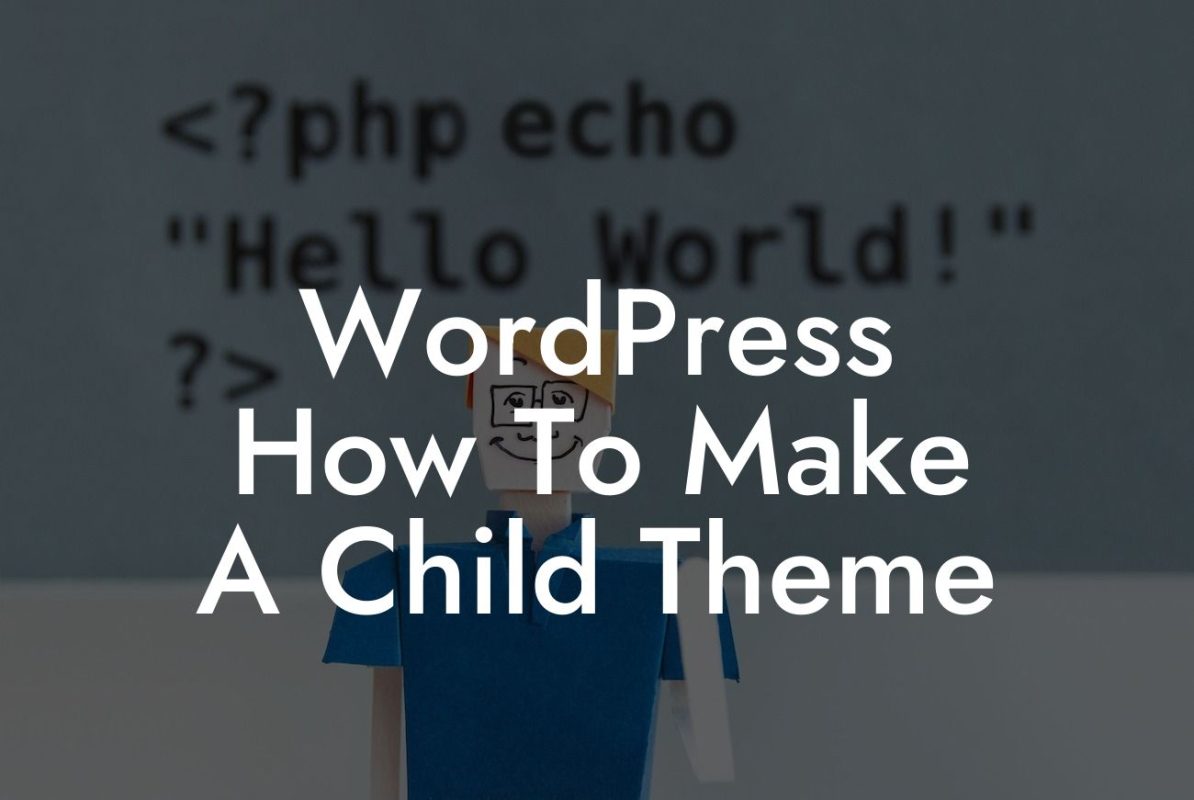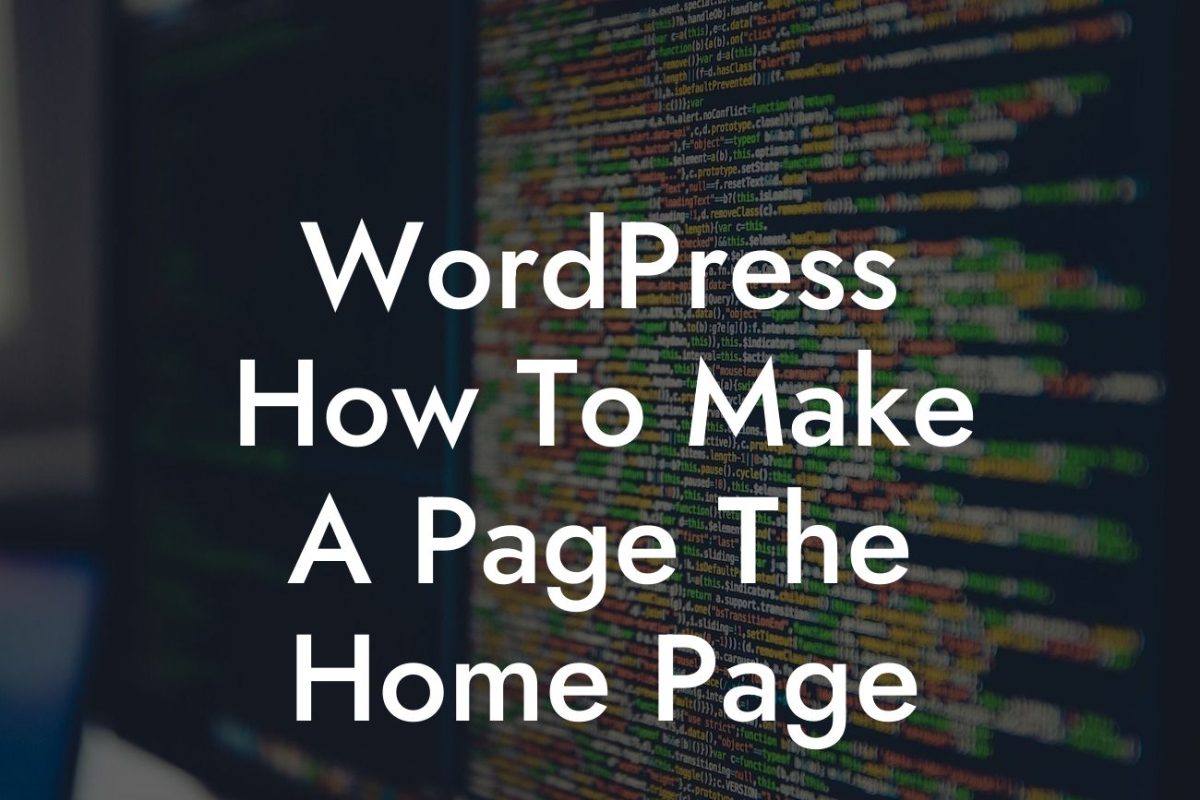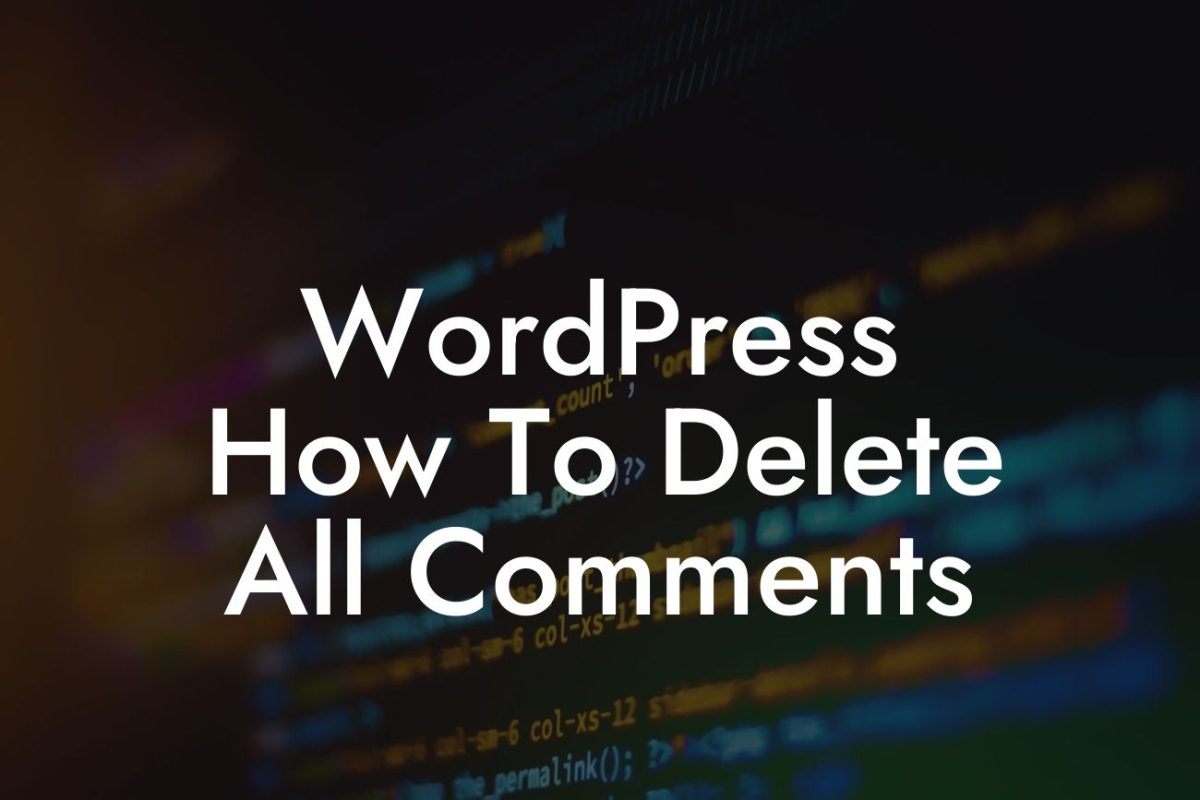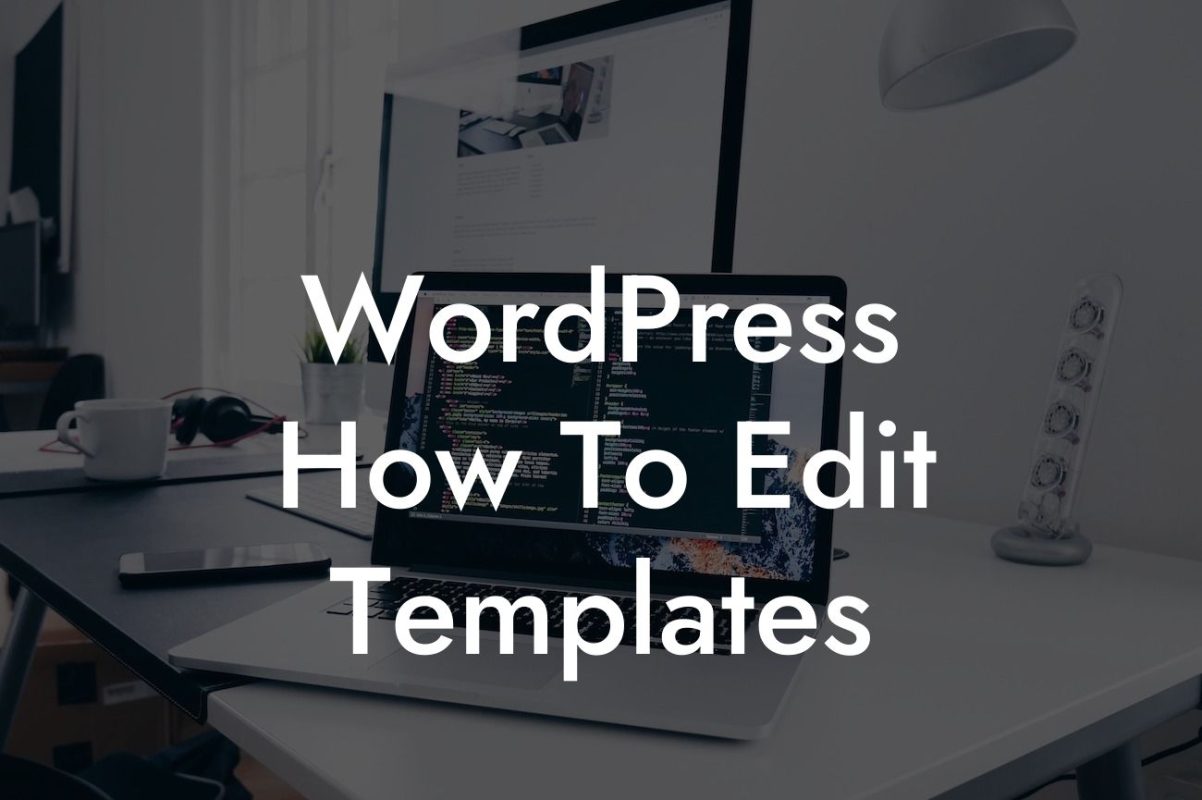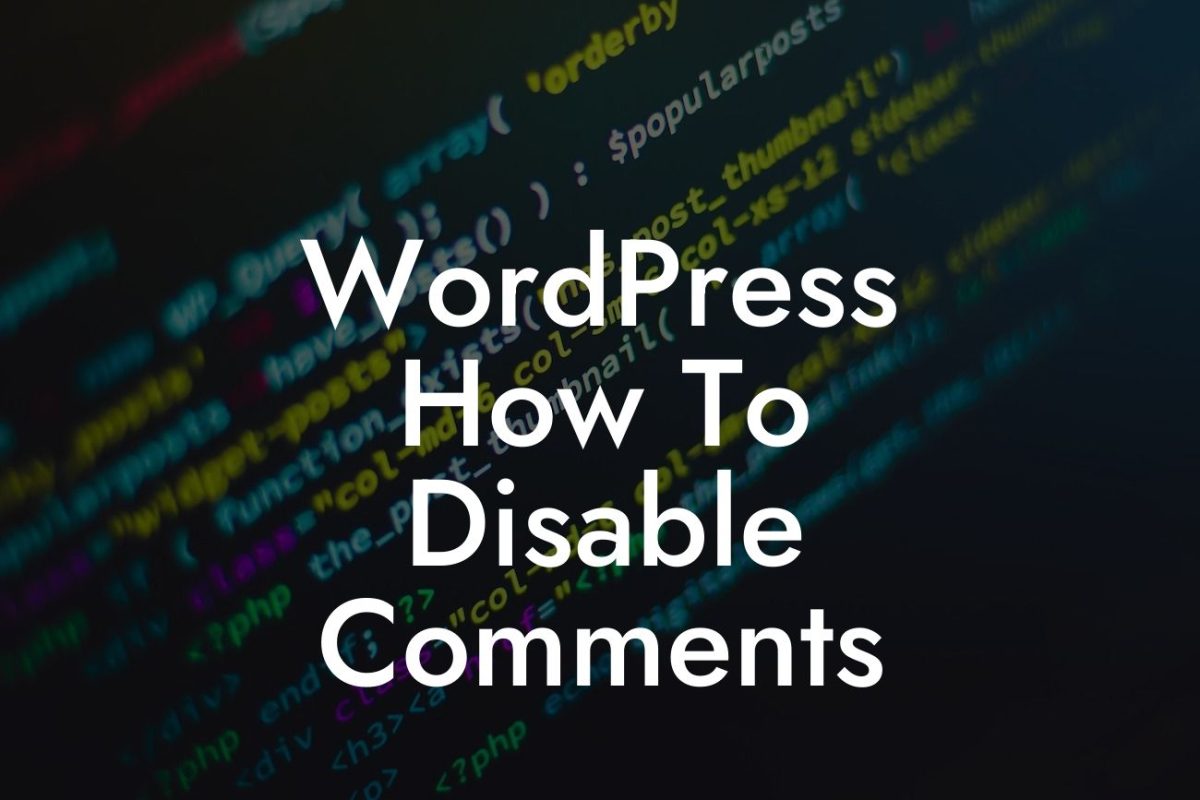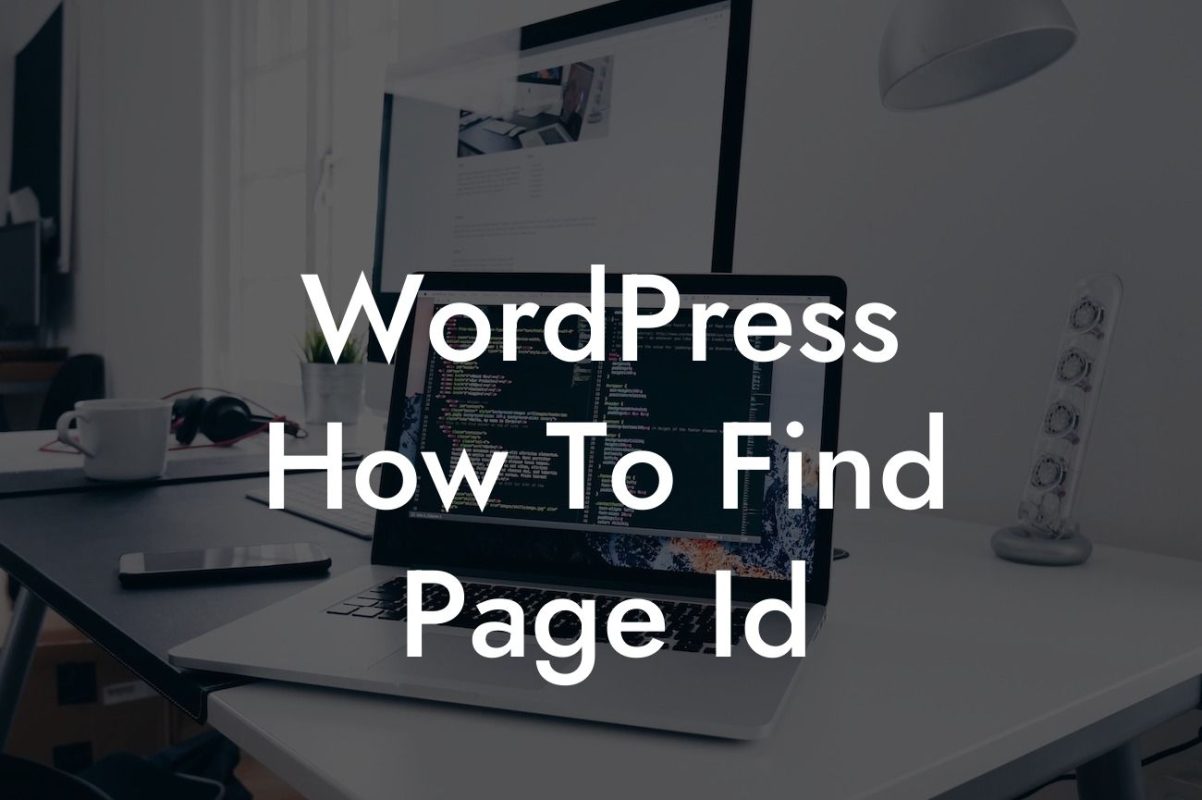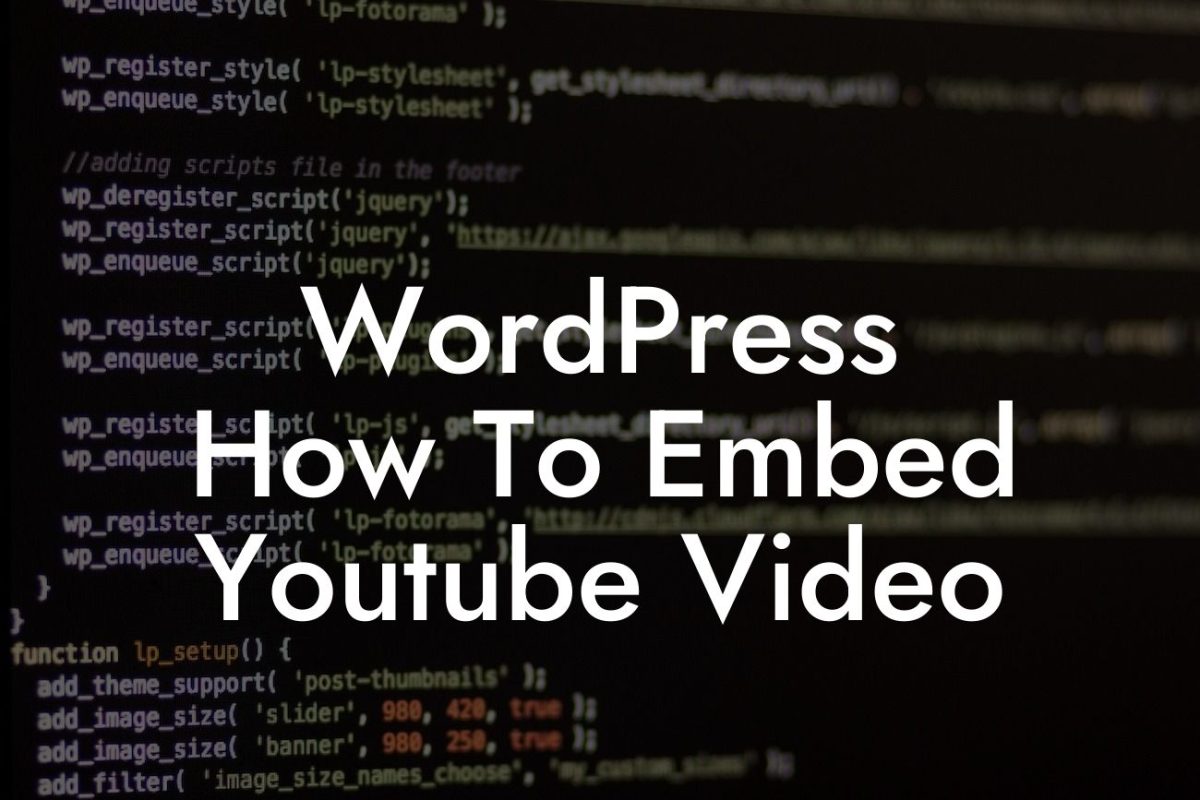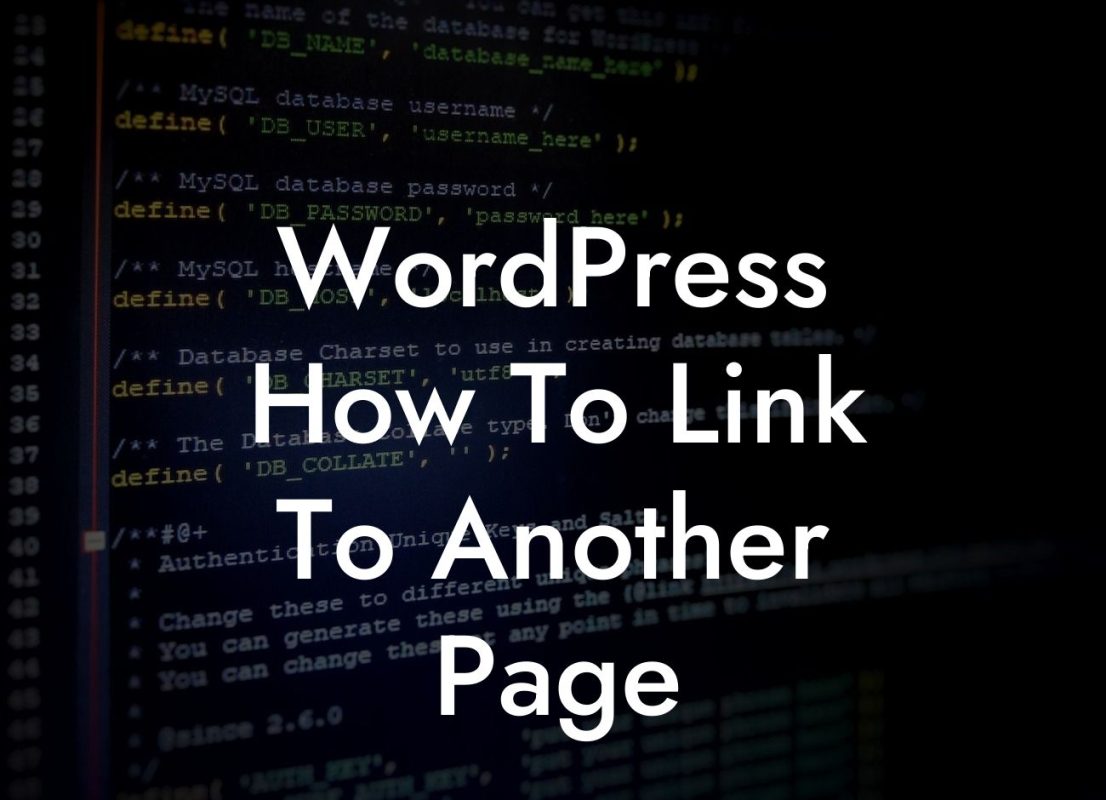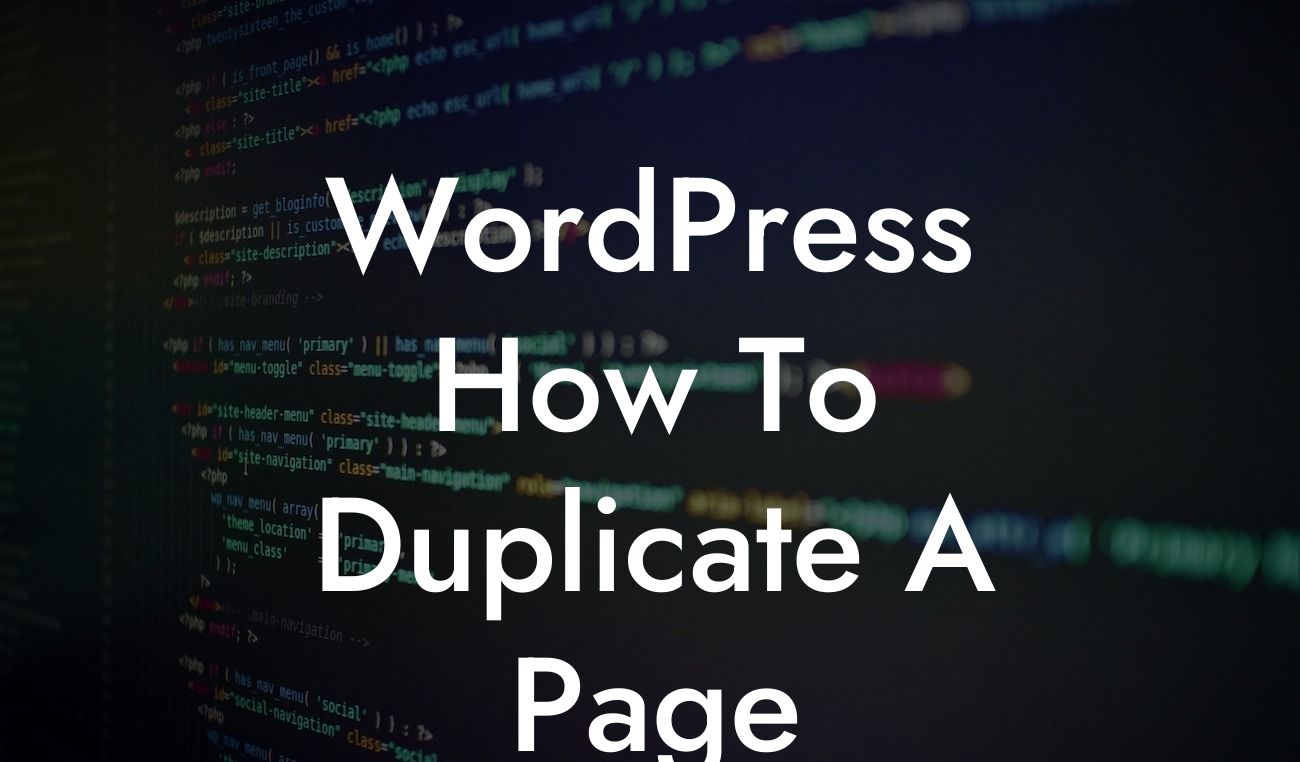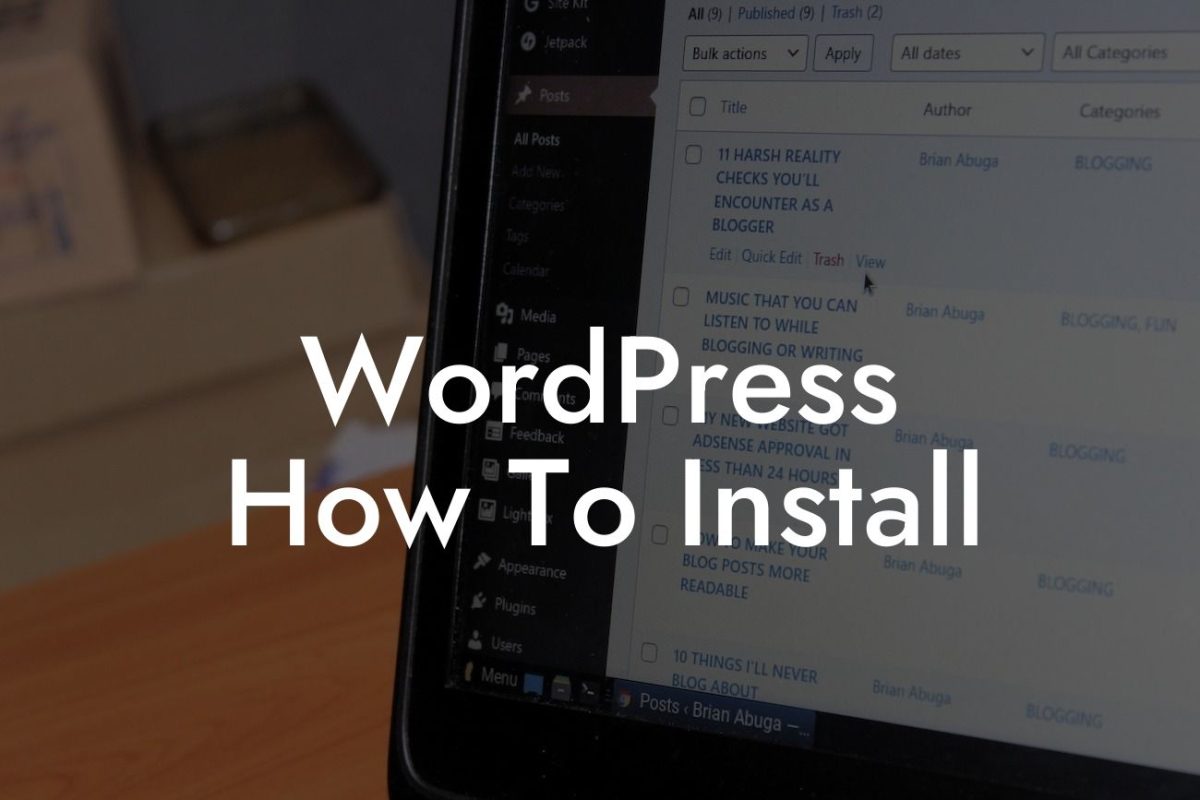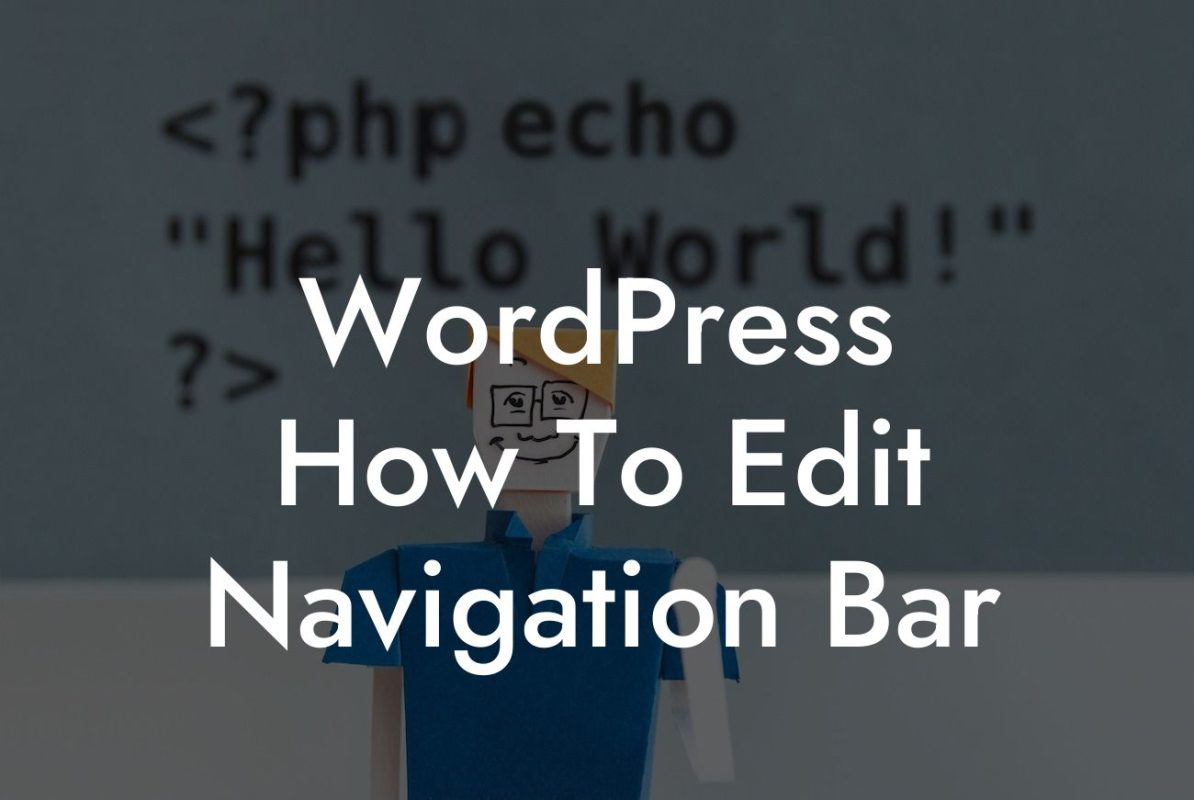Have you ever wanted to take your WordPress website to the next level by customizing its functions? Well, you're in luck! In this guide, we'll help you unlock the true potential of your website by showing you how to customize functions in WordPress. Say goodbye to limitations and hello to a website that truly reflects your unique brand. Get ready to elevate your online presence and supercharge your success!
Customizing functions in WordPress may sound intimidating, but with the right guidance, it becomes a manageable task. Let's break it down into simple steps:
1. Start with a Child Theme:
Creating a child theme is crucial to ensure that your customizations won't be lost during future theme updates. We'll guide you through the process of setting up a child theme and explain why it's essential.
2. Use Hooks:
Looking For a Custom QuickBook Integration?
Hooks in WordPress allow you to modify and customize different aspects of your website. We'll introduce you to the two types of hooks (actions and filters) and show you how to leverage them effectively to achieve your desired customizations.
3. Identify the Functions You Want to Customize:
Before diving into the code, it's essential to identify the specific functions you want to modify. We'll provide examples of common functions that are frequently customized and suggest resources to help you in case you're not sure where to start.
4. Create Custom Functions:
With a solid understanding of hooks and the functions you want to modify, it's time to create custom functions. We'll walk you through the process of writing your own code and explain how to implement it correctly in your child theme.
5. Test and Iterate:
Customizing functions is an ongoing process. We'll show you the importance of testing your customizations and how to iterate and refine your code until you achieve the desired outcome. Don't worry; we'll also provide handy troubleshooting tips along the way!
Wordpress How To Customize Function Example:
Let's say you want to customize the appearance of your website's navigation menu. Using the techniques we've discussed, you can modify the navigation menu function to add custom dropdowns, enhance the layout, or even integrate dynamic content. The possibilities are endless, and with a bit of code, you can transform your website's navigation into a user-friendly and visually appealing feature.
Congratulations! You've just discovered the power of customizing functions in WordPress. But our journey doesn't end here. Visit DamnWoo to explore our other helpful guides and check out our awesome WordPress plugins designed exclusively for small businesses and entrepreneurs. Unlock the extraordinary and take your online presence to new heights. Don't forget to share this article with fellow website owners who are ready to embrace customization. Together, let's create websites that stand out from the crowd!

